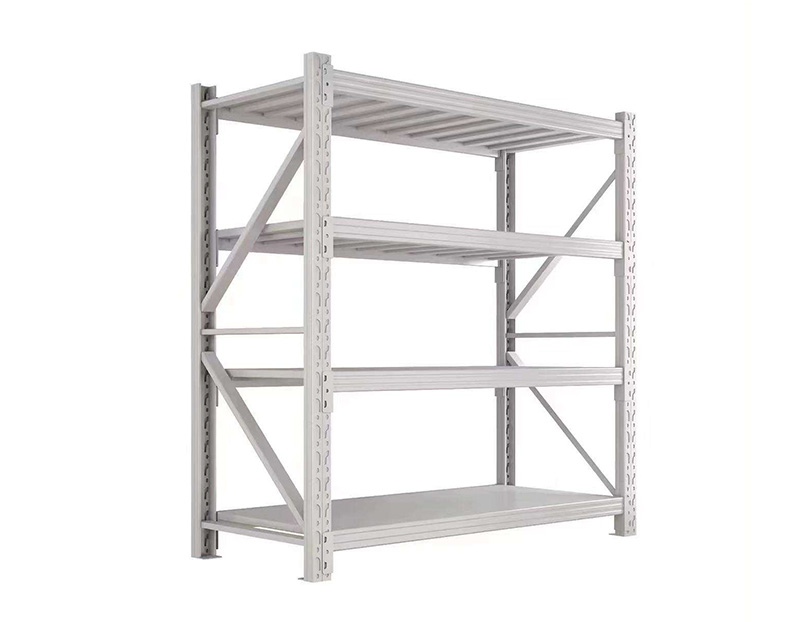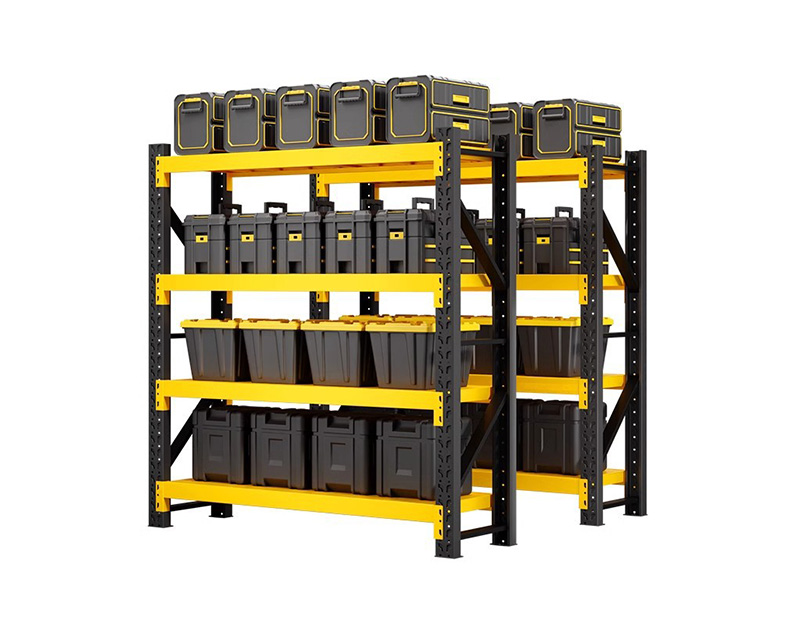Workbenches: Mobile vs. Fixed – What’s Right for You?
When setting up a workspace, one of the first choices to make is whether to use a mobile or fixed workbench. Each option offers unique advantages depending on your workflow, space constraints, and operational goals. Understanding the pros and cons of each will help you select the most suitable solution.

**Fixed workbenches** are anchored to a specific spot on the floor or wall. They offer unmatched stability, making them ideal for heavy-duty applications such as welding, machining, or equipment calibration. Because they don’t move, fixed benches often support higher load capacities and allow for integrated power supplies, vises, or specialized tooling. They're also less prone to vibration, which is crucial in precision tasks.
However, fixed benches lack flexibility. If you need to reconfigure your workspace, expand operations, or adjust your layout for new processes, a stationary workbench might limit your options.
**Mobile workbenches**, on the other hand, are equipped with caster wheels—often lockable—for easy relocation. These are ideal for multi-use workspaces, lean manufacturing environments, or facilities that handle a variety of short-term projects. You can move the bench to the point of use, improving efficiency and reducing unnecessary worker movement.
Mobility also supports quick reorganization, seasonal shifts, or emergency floor plan changes. For businesses with limited space or shared equipment, mobile workbenches offer unmatched flexibility.
However, mobile benches may have lower load capacities and slightly reduced stability compared to fixed options. It’s important to select heavy-duty casters and brakes to prevent unintended movement during work.
**Which is right for you?**
- Choose **fixed** if your tasks involve heavy machinery, high-precision work, or a permanent workstation setup.
- Choose **mobile** if your work environment is dynamic, collaborative, or constantly evolving.
In many cases, businesses benefit from using a combination of both—fixed benches for core operations and mobile units for flexible support. The key is aligning the bench type with your workflow and long-term facility strategy.
 Smart Storage Equipment: Top B
Smart Storage Equipment: Top B
 Storage Systems: Design Ideas
Storage Systems: Design Ideas
 Storage Systems: Best Software
Storage Systems: Best Software
 Storage Systems: Maximizing Sp
Storage Systems: Maximizing Sp
